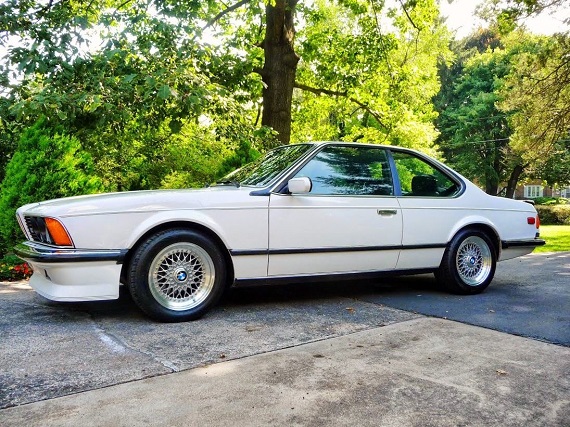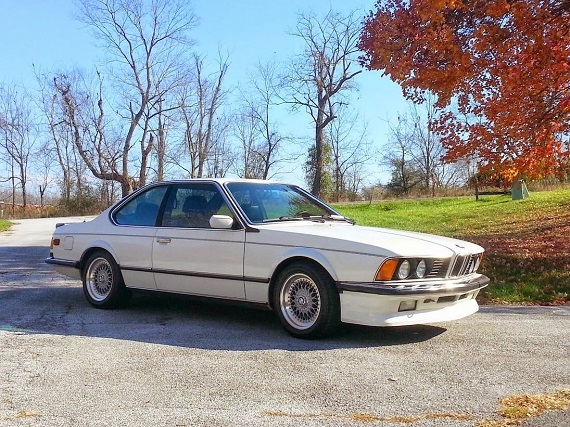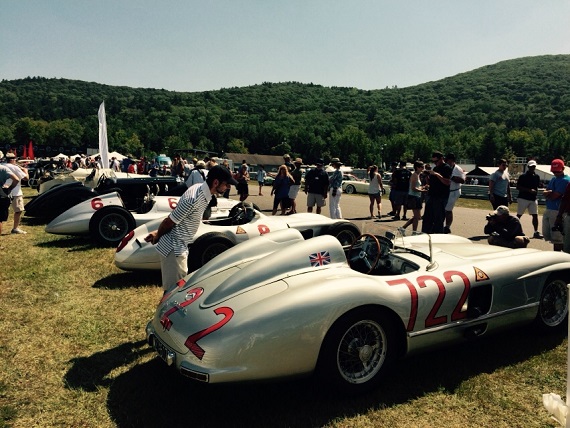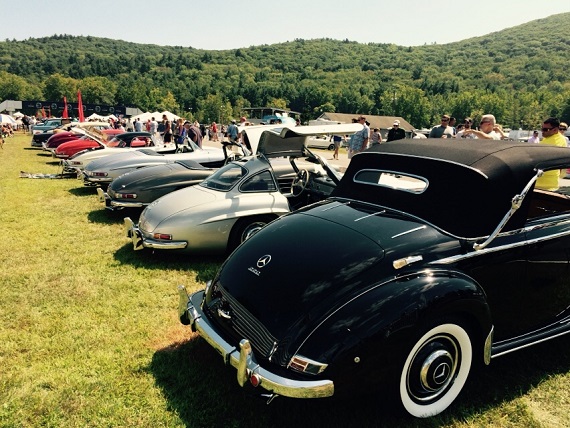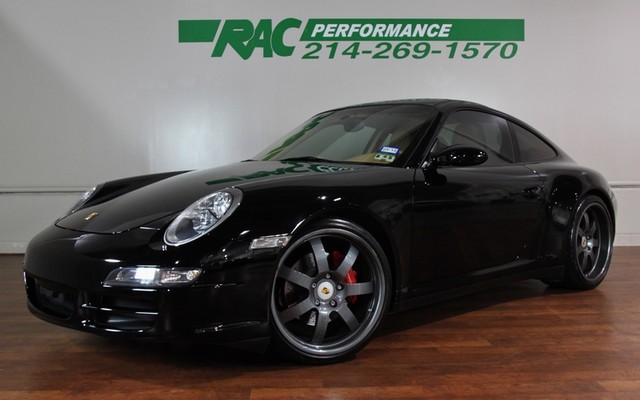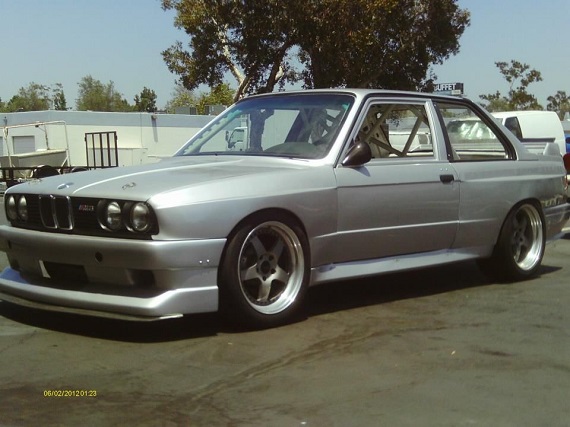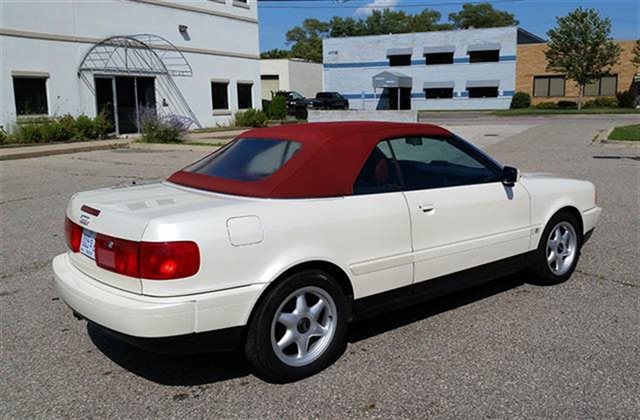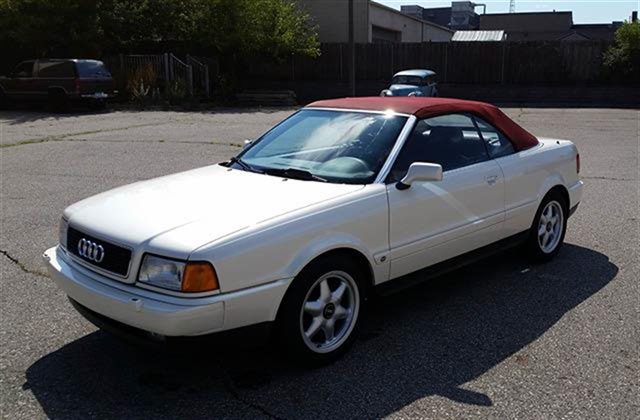Though they’re the juggernaut of BMW performance today, the reality is that there were quite a few stumbling blocks and it took many years for BMW Motorsport GmbH to establish themselves as the benchmark for German performance. Though many consider the M1 the genesis of BMW M, in fact the brand was born nearly a decade earlier with the introduction of the 3.0 CSL. The high performance E9 was built together with BMW’s competition department, a relationship which ultimately resulted in the birth of BMW’s Motorsport division. A few years later, the new entity would give birth to an equally legendary creation, the 2002 Turbo. But when it came to the first car to carry the “M” badge, it was of course the legendary M1 with its motorsport derived M88/1 double overhead cam inline six screaming in the middle of the car. You’d think this recipe carried over immediately to the sedan range, but that was not immediately the case. First, BMW produced the M535i in the E12 chassis. Though the E28 model of the same designation was mostly an appearance package, the E12 model was turned up over the rest of the range – but not with the M88; BMW instead relied on the M30 to power the M535i. Then, there was a year where nothing happened; the M1 was out of production, the E12 was replaced by the E28, and ostensibly BMW had no real performance models. That was remedied at the 1983 Frankfurt Motor Show, where a juiced up version of the 635CSi was offered. It was labeled the M635CSi; but unlike the M535i, under the hood wasn’t the venerable M30 that powered the normal 635CSi. In its place, the Motorsport division decided to slot the M88, now with /3 designation; the result was 286 horsepower – a staggering figure at the time, considering that the contemporary Porsche 930 was considered fairly bonkers with a little over 300 horsepower and though it looked much larger, the early E24s only weighed about 200 lbs. more than the Porsche. Coupled with some aerodynamic tweaks, heavier duty suspension, brakes and larger wheels and tires, the result was the menacing presence worthy of the nickname “Shark”. For all intents and purposes, this was really the first “M” car for the masses:
Author: Carter
For those with a good memory, you may remember my posts about last year’s work on refinishing a set of BBSs. Well, the time had finally come and a killer deal on Dunlops from The Tire Rack presented itself, and I pulled the trigger. Stories of leaky RSs and my father’s experience with his vintage Euro M6 TRX RSs led me to look for a sealant to add; although I hadn’t pulled apart the wheels, there’s no denying that they’re the best part of 30 years old at this point and the original seal could be suspect. I picked up some GE metallic-colored silicone from Amazon, and about 10 minutes of work applying, smoothing the bead in between the sandwich of the 3 piece wheels and 24 hours of drying later the RSs were ready for rubber for the first time in a decade.
6 CommentsTuned cars from the 1980s were never particularly discrete, nor were they cheap or easy to come by. Tuners like Treser, in an effort to get more power out of the notoriously non-tunable CIS injection system that adorned nearly all German cars in the 1980s, got creative by taking a 928 fuel distributor for the V8 motor and sticking it on the inline-5 turbo unit. Others, like AMG, took the biggest motor they could build and stuck that into a bunch of different cars. Ruf turned up the boost on the 911 range by moving the turbocharged flat-6 into narrow-body cars. But none of this came cheaply, nor were these tuned cars always the most reliable. When it came to the period of electronic fuel injection, though, things started to change. The first chip-tuned cars also had some bad habits; my father’s chipping 944 Turbo, for example, runs quite rich and if you engage the cruise control, the computer believes you want to go 170 m.p.h. and plants the throttle wide open. But they’ve become increasingly reliable and almost a given; plus they’re cheap. On a car like my 1.8T Passat, you can get a reflash of the ECU with programmable modes for around $500; it can be done in just a few moments, and adds somewhere in the vicinity of 50 horsepower and 80 lb.ft of torque. As such, if you really want to go wild in a tuned car these days, simply changing the ECU to a hotter map isn’t enough. No, if you’re someone like Ruf, you’re still pushing the bounds – or, perhaps, compressing them:
CLICK FOR DETAILS: 2006 Porsche 911 Carrera 4S Ruf Kompressor on eBay
1 CommentLast week, I pitted a wickedly turned up 944 Turbo against a much more tame E30 M3. My feeling was that the M3 was overpriced in comparison to the 944 Turbo – especially when you considered the performance envelope the 944 was capable of. That particular example was churning out in excess of twice what the M3 was producing from the legendary S14 – not exactly an apples to apples competition in anything but pricing. To equal the playing field a bit, this week I have two different racing M3s – the first and last of the two door variety. How does a very tuned E30 compare in value to a E92?
